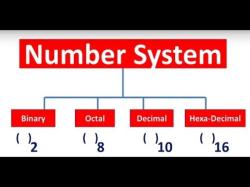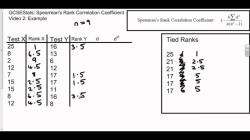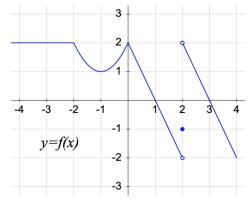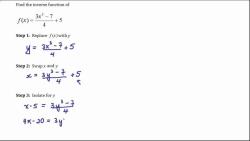How do you calculate percentile rank?
Calculating percentile rank involves determining the position of a specific data point within a dataset relative to the other data points. It indicates the percentage of values that are equal to or below the given data point. Percentile rank is often used in statistics to understand how a particular value compares to the rest of the values in a distribution. Here's how you calculate percentile rank:
Step-by-Step Calculation:
Sort the Data: Arrange the dataset in ascending order from the lowest value to the highest value.
Identify the Data Point: Determine the value for which you want to calculate the percentile rank.
Calculate the Rank: Count the number of data points that are less than or equal to the value you're interested in. This count represents the position of the data point within the dataset.
Calculate Percentile Rank: Divide the rank (position of the data point) by the total number of data points and then multiply by 100 to get the percentile rank.
The formula for calculating percentile rank is:
Percentile Rank = (Number of Data Points ≤ Given Value / Total Number of Data Points) * 100
Example:Let's say you have the following dataset: 10, 15, 20, 25, 30, 35, 40, 45, 50, 55.
And you want to calculate the percentile rank of the value 30.
- Sort the dataset: 10, 15, 20, 25, 30, 35, 40, 45, 50, 55.
- Identify the data point: 30.
- Count the number of data points less than or equal to 30: 5.
- Calculate the percentile rank: (5 / 10) * 100 = 50.
So, the value 30 has a percentile rank of 50, which means it is greater than 50% of the values in the dataset.
Keep in mind that different sources might use slightly different methods for calculating percentile rank, particularly when dealing with datasets that have tied values (values that are the same). If you're using statistical software, it often provides built-in functions for calculating percentiles and percentile ranks.













